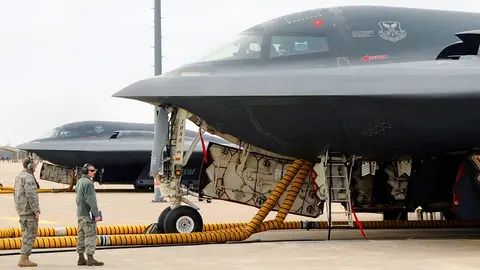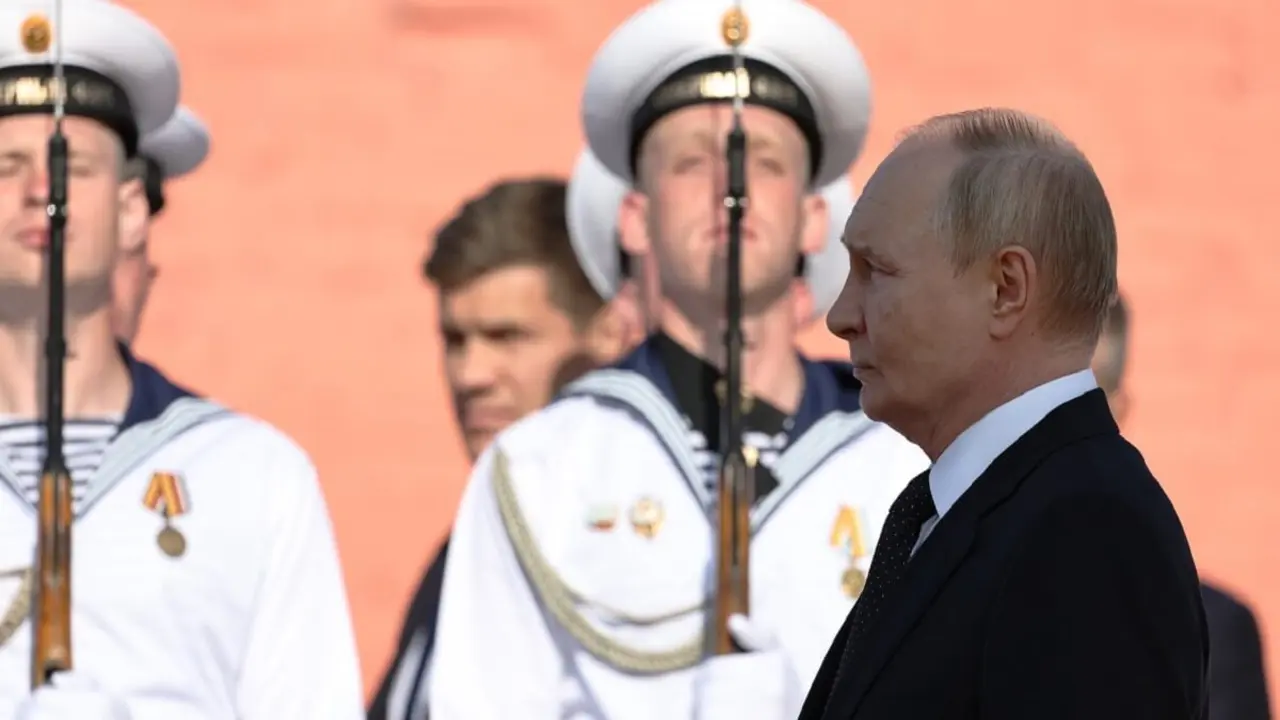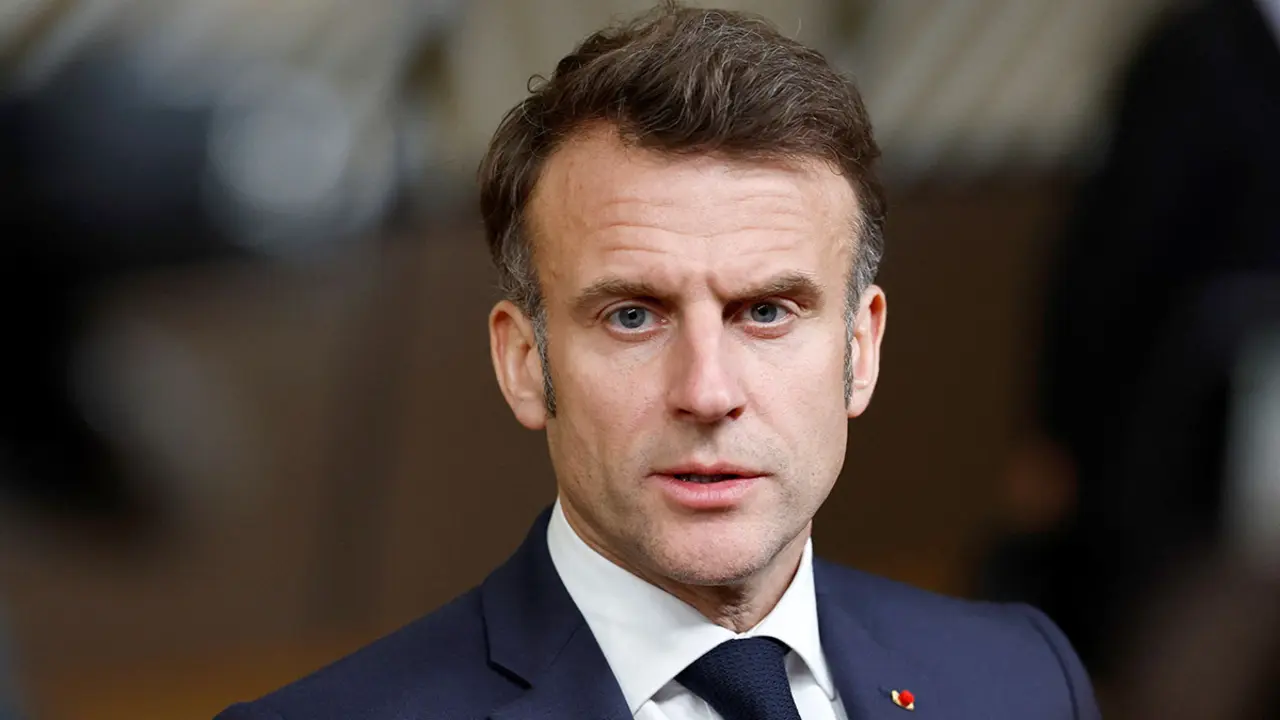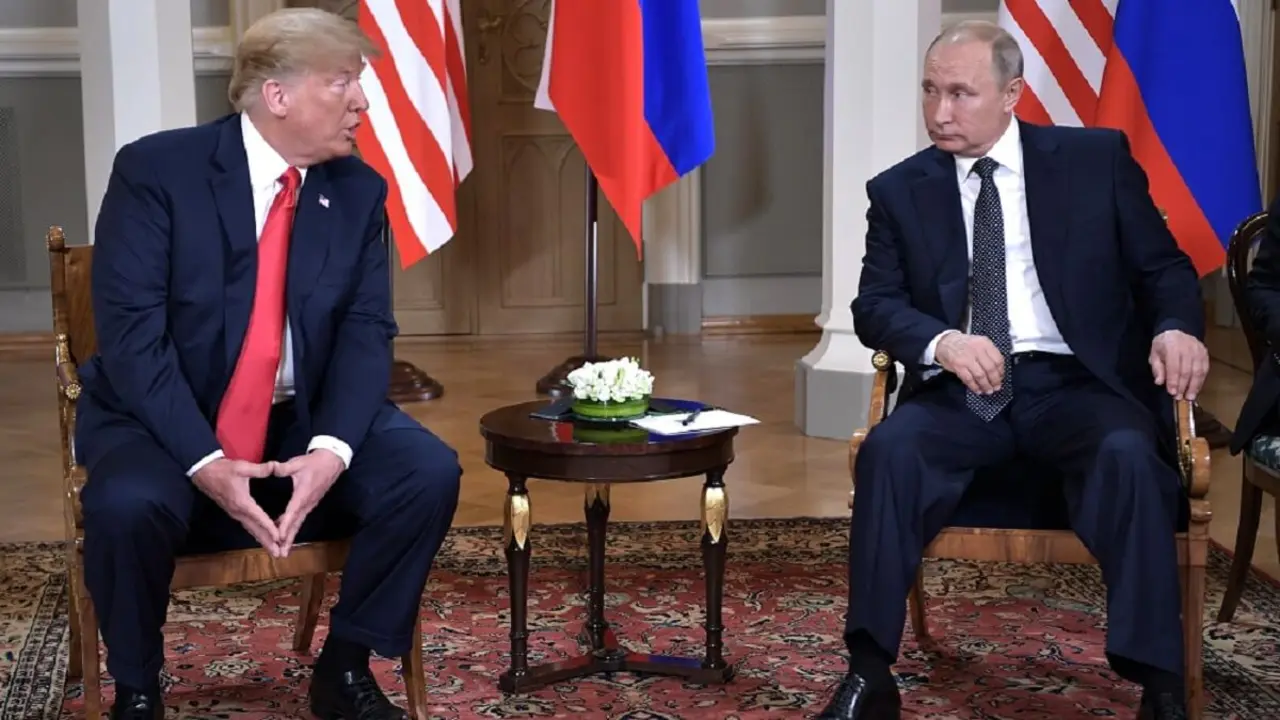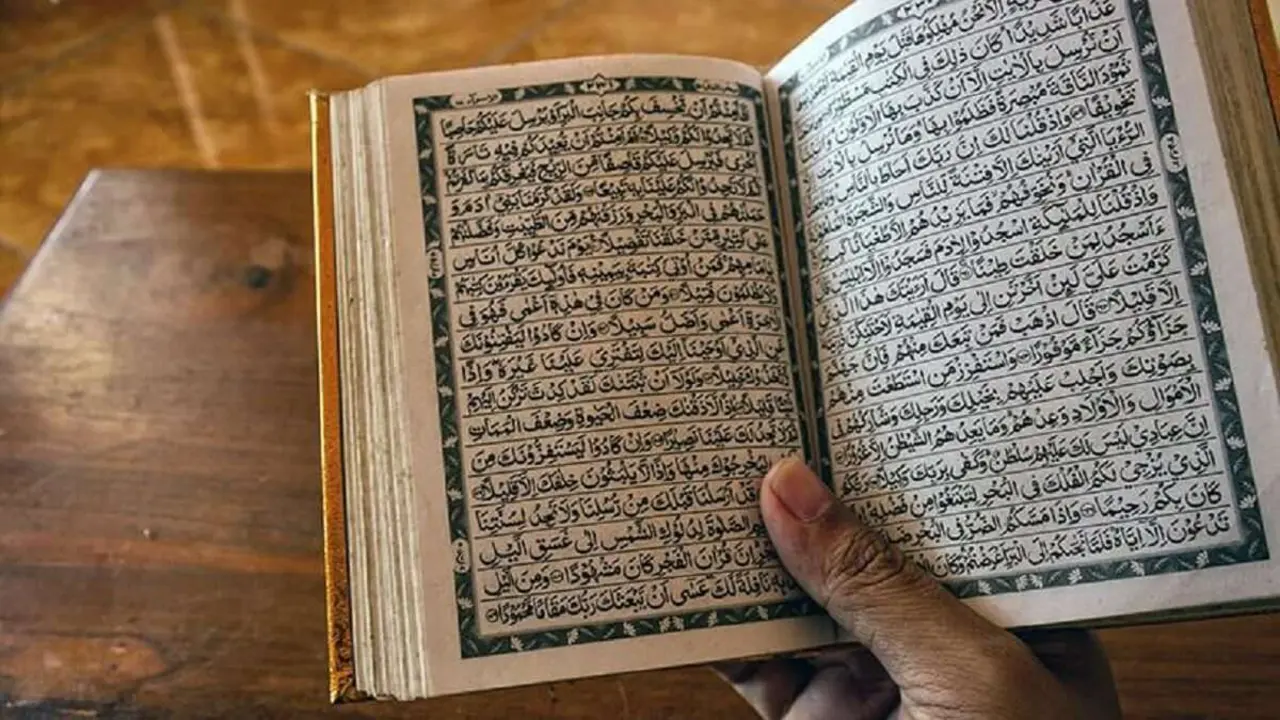The role of the media in the war between Israel and Iran
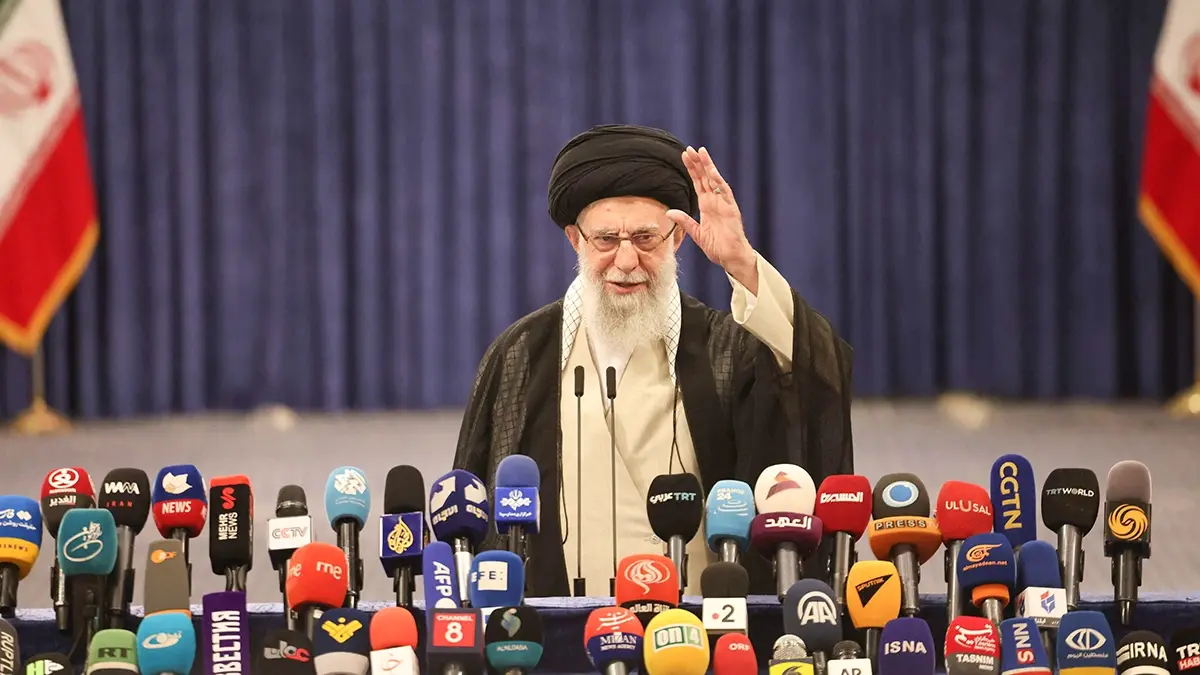
In times of turmoil such as armed conflict, the use of traditional media for propaganda purposes or as a mechanism for shaping perceptions of reality has always been part of governments' strategy to construct narratives that benefit them. Neither Israel nor Iran are exceptions to this rule.
Information about the damage caused in the conflict is no exception to this dynamic. ‘Both sides were very conservative and cautious about the extent of their admissions of damage to sensitive sites, such as military bases, nuclear facilities and government offices. Using satellite images, experts and social media users were able, to some extent, to circumvent this and verify the damage to those sites,’ explained Waqar Rizvi, a media ethics researcher in Canada.
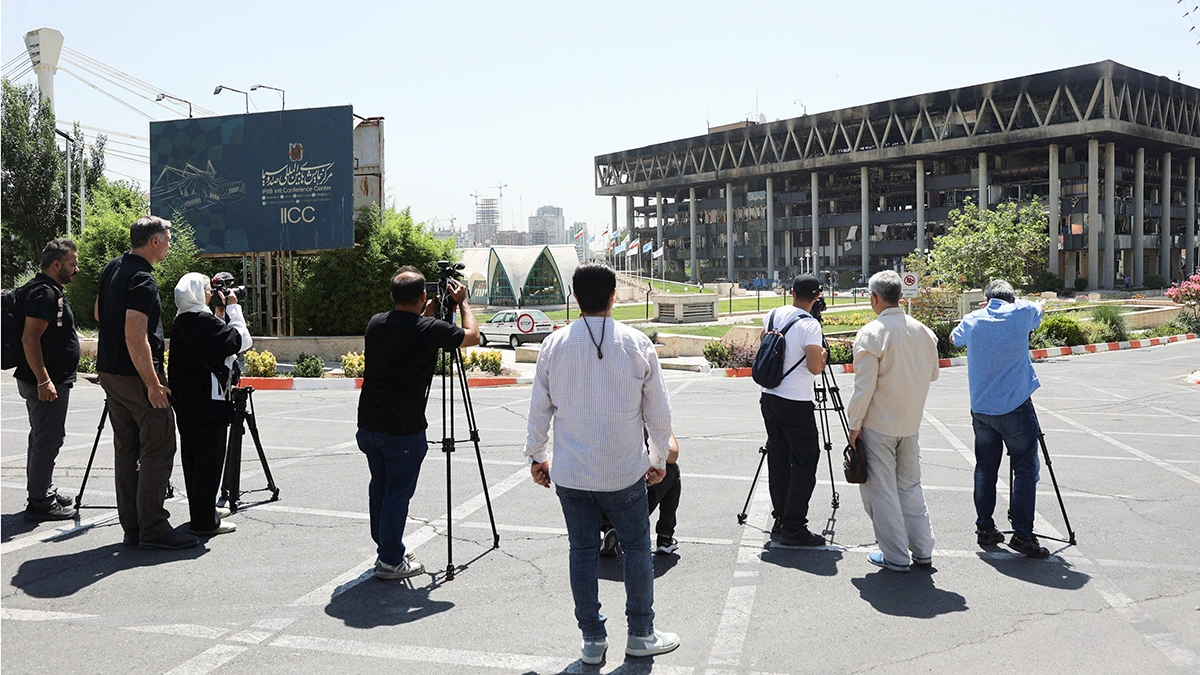
The case of Israel
Benjamin Netanyahu's regime uses both official and semi-official media and government spokespeople to justify its offensives. In addition, to achieve the widest possible reach, it strives to ensure that the information published is in several languages.
The narrative aimed primarily at the West promotes the idea that all civilian targets of its attacks against the enemy are in fact important military sites.
According to the media outlet Asharq Al-Awsat, Israel claimed that its attacks were intended to prevent Iran from advancing its nuclear programme and to bring about regime change in the Persian country.
Dr Mohamed Mohsen Abdel Nour, an expert on Iranian affairs and director of the Arab Forum for the Analysis of Iranian Policy, explained that the media is basically controlled by the military, ‘preventing them from publishing losses, investigations and field reports on the nature of the clashes, contenting themselves with the military data it transmits on their progress’.
He went on to say that the Jewish state's propaganda focuses on the injustice suffered by its people throughout history, the need to defend state security and, on the other hand, the civilian casualties caused by Iran.
Dr Hassan Abdullah, vice-chancellor of the University of East London, added that military victories are highlighted above defeats and losses.
Sarah Kira, founder and director of the European-North African Research Centre, told Asharq Al-Awsat that the Israeli narrative alternates between victimhood and the image of a civilised and democratic nation within the Middle East.
According to Kira, the prime minister's actions have not resonated with the international collective imagination because of the situation in Gaza.
It is true that some media outlets speak ill of the Netanyahu administration, although they have been doing so since long before the conflicts. This shows that there is a certain degree of press freedom, although there are institutions, such as the Military Censorship Service, that filter media content.
According to DW, Israel has been considering tightening censorship measures over the past week. Tania Krämer, director of DW's Jerusalem bureau, confirmed this: ‘It now seems that we are not allowed to show live footage of missile strikes.’
The Israeli newspaper Haaretz reported that national security forces are even allowed to arrest journalists if they deem it necessary.
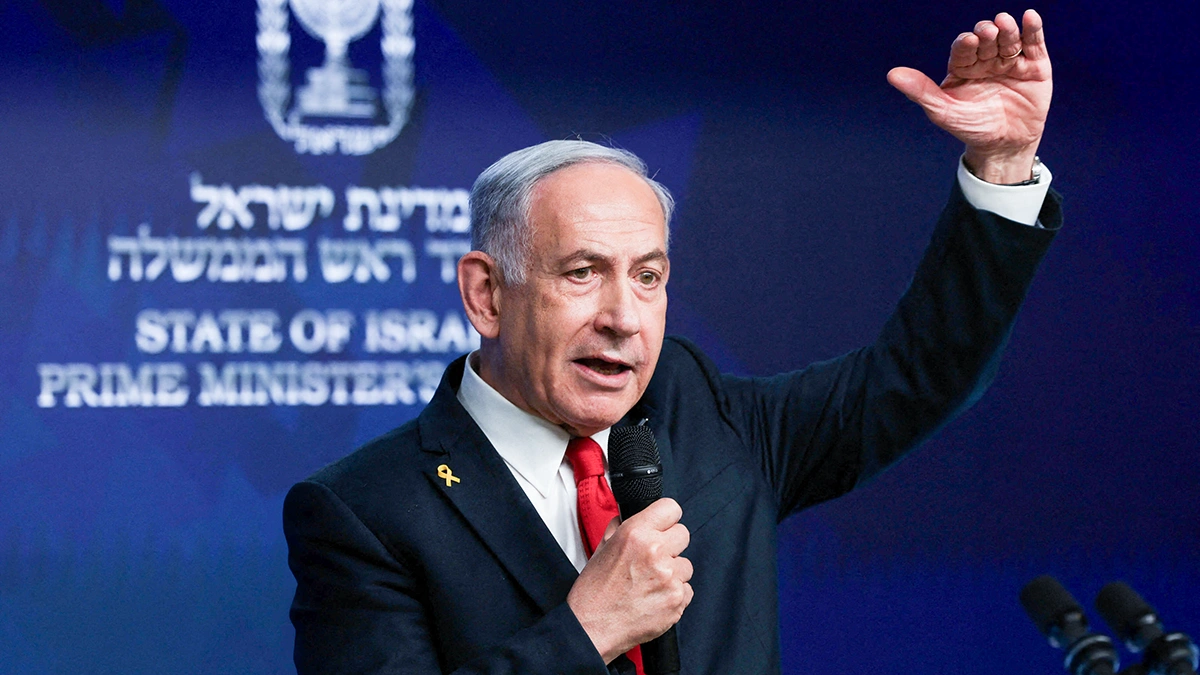
The case of Iran
The Iranian regime of Ali Khamenei, for its part, relies more on official and semi-official channels, social media and personalities to spread its narrative. Like Israel, it spares no effort to ensure that its message is conveyed in several languages. But Rizvi emphasised that ‘the limited number of English-speaking experts may have affected the effectiveness and reach of the message.’
The narrative promoted is based on the country's claim that it is legitimately defending itself against an attack on its territory by Israel and showed the losses suffered. It was even reinforced by Israel's failed attempts to curry favour with the West over the conflict with Gaza.
According to Dr Abdullah, Tehran is targeting both the West – and Israel – and the East with the aim, among other things, of highlighting the internal disputes of the country that is attacking it. Sattar Jabbar Rahman, a researcher on contemporary democratic transitions and founder and director general of the European Centre for Middle East Studies in Germany, explained that it is also targeting the Arab world in an effort to gain support.
One of the strategies used by the Ayatollah regime was to use television channels to ‘alert’ Iranian citizens to the danger of apps such as WhatsApp and Instagram. According to the warnings, ‘they were using your location data to attack people.’
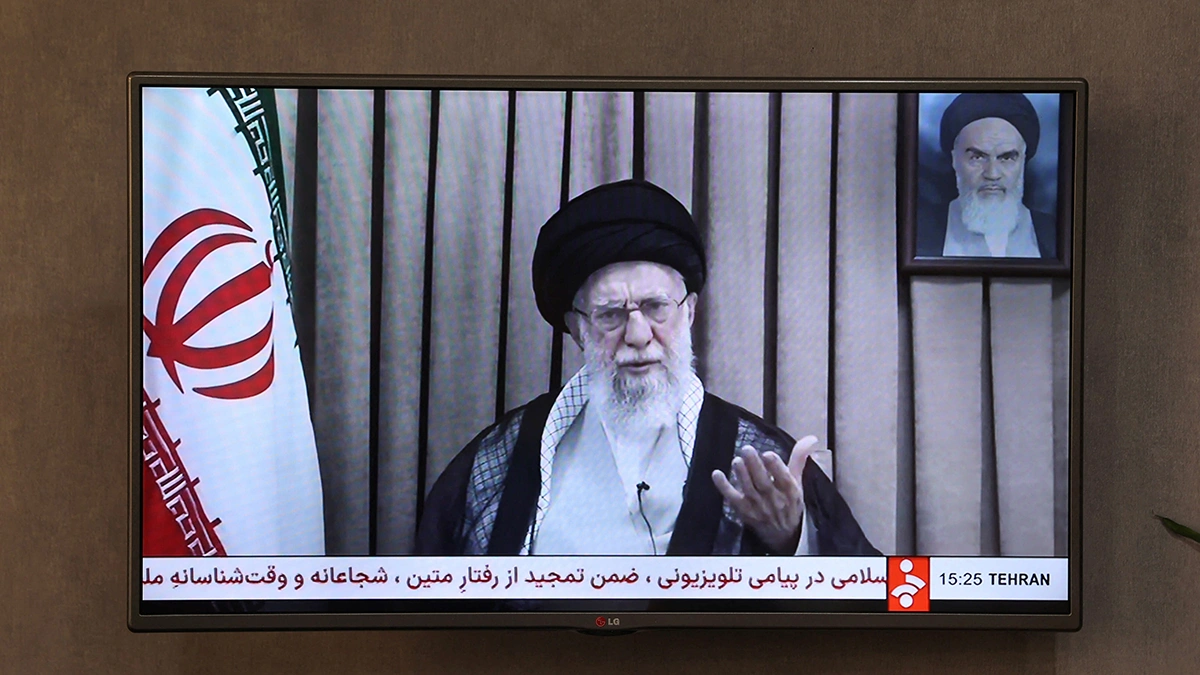
Social media platforms owned by Meta are the ones that pose a danger, according to the authorities, but the narrative is mainly spread via X and Telegram.
Dr Abdel Nour added that the media outlets that usually criticised the leader did not raise their voices against him during the conflict. Although the population is divided between conservatives and reformists, despite their political differences, the people have united in the face of the war.
Kira calls it ‘popular support for confronting aggression’ due to the lack of opposition to the confrontation with Israel, despite economic complaints about the difficult situation the nation is facing in this regard.
Recently, according to DW, the Islamic Republic shut down the Internet and SIM cards in the country, claiming that Israeli drones were operating through them. This means that citizens' only source of information is the government's public media.
Nor, the media outlet continues, has it allowed any evidence of how the conflict is being experienced within the territory to be documented.


